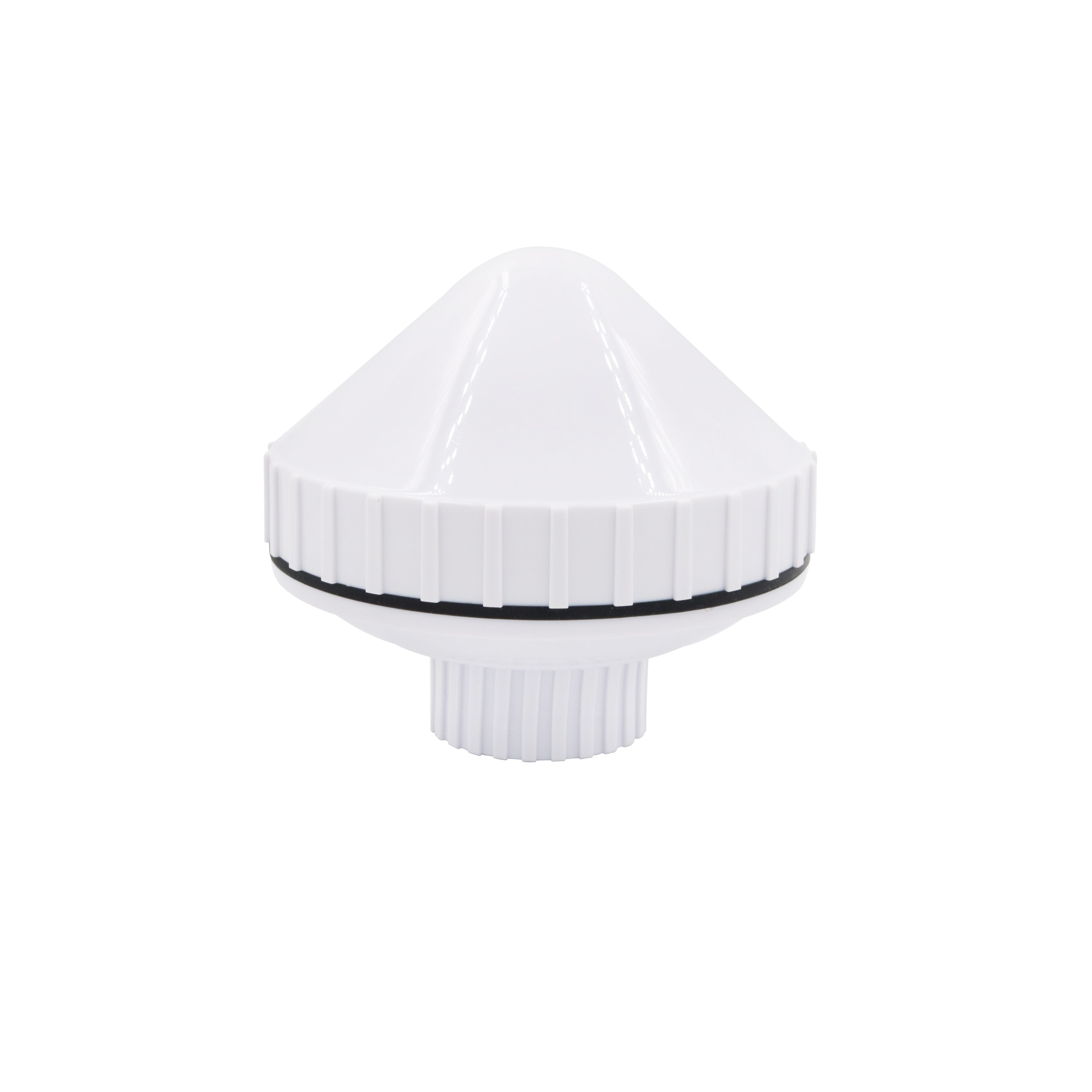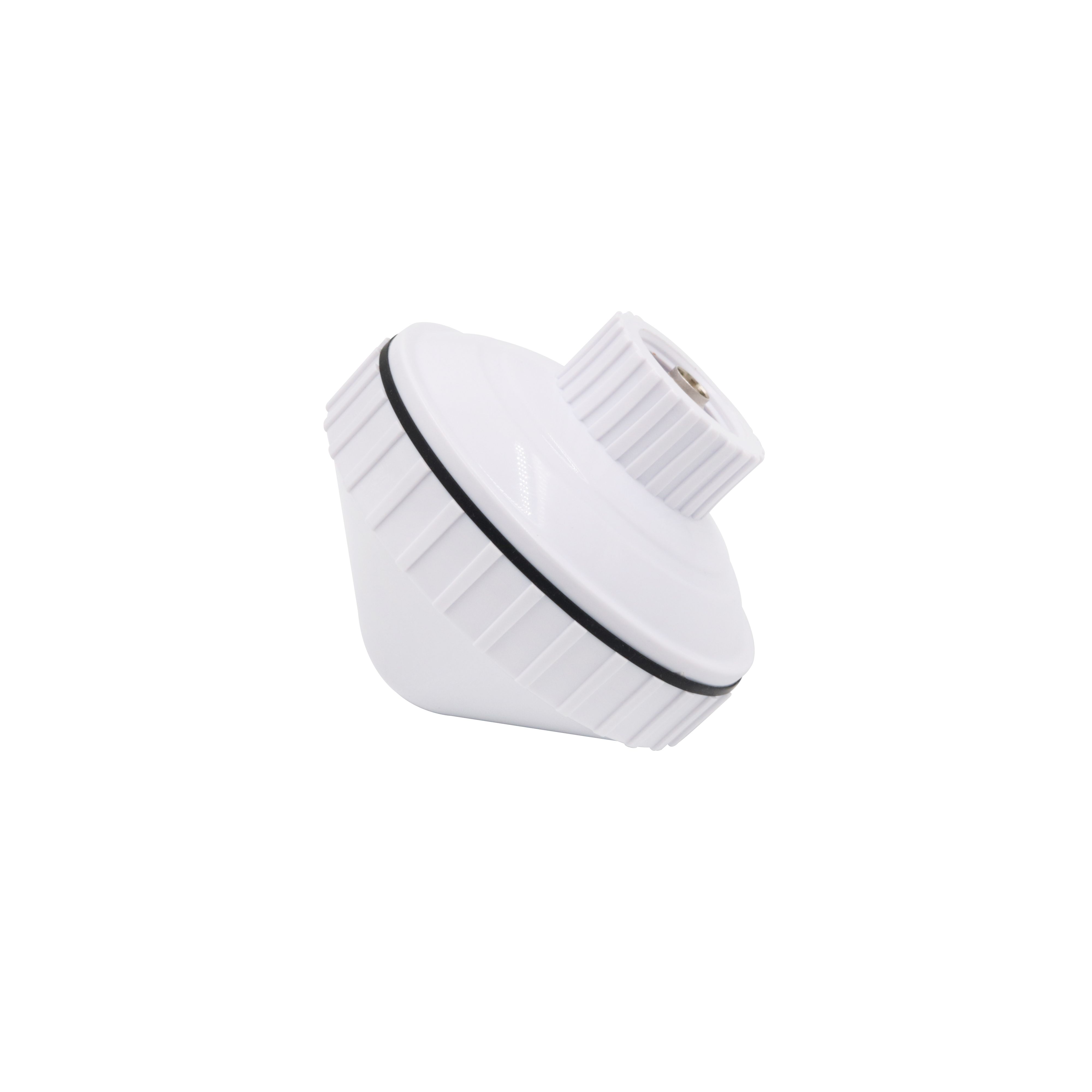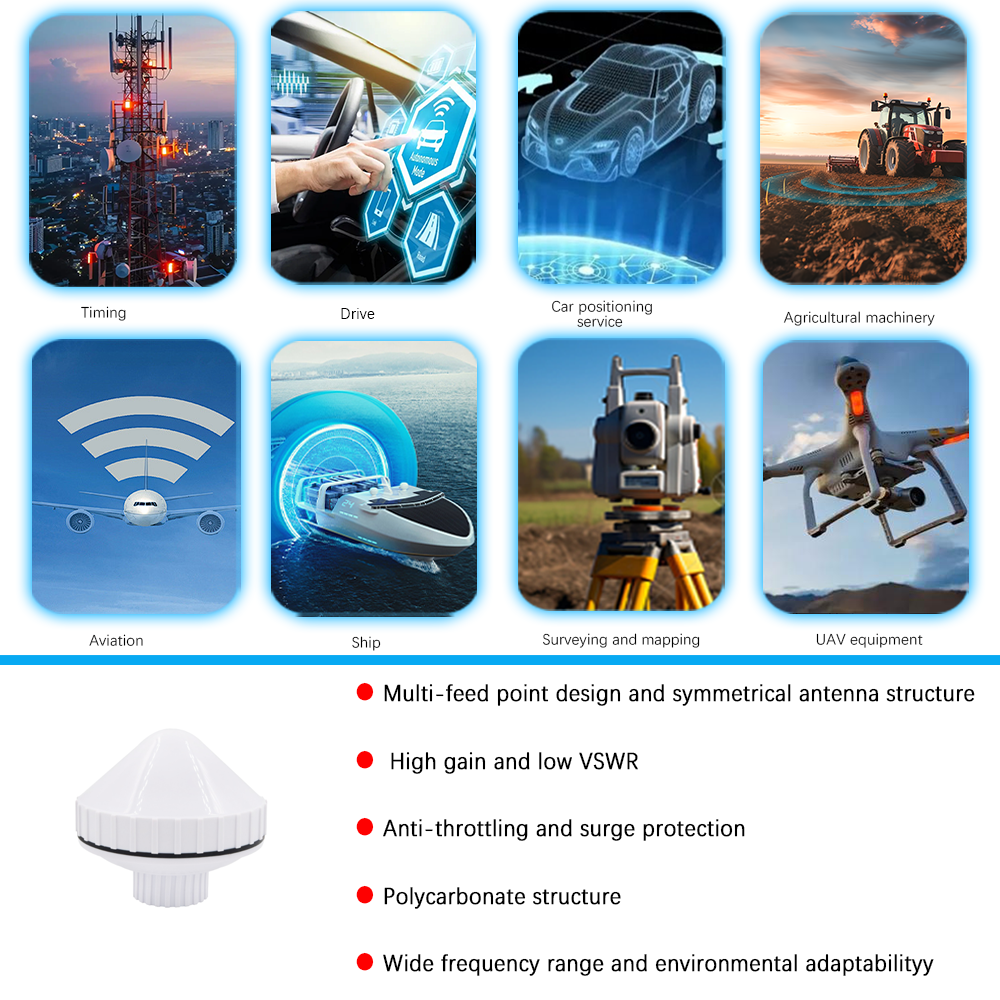5.1 Applications
5.1.1 Commercial Shipping
In the commercial shipping industry, saltwater - resistant marine GNSS antennas are essential for safe and efficient operations. Accurate navigation is crucial for ships to follow their planned routes, avoid collisions with other vessels and obstacles, and enter and exit ports safely. Precise positioning also helps in optimizing fuel consumption by ensuring the most efficient route is taken. Shipping companies rely on GNSS - based navigation systems, with the antennas as a key component, to meet tight schedules and comply with international maritime regulations. For example, in container shipping, accurate arrival and departure times are critical for supply chain management, and the GNSS antennas enable the ships to navigate precisely to their destinations.
5.1.2 Fishing Industry
Fishing vessels depend on marine GNSS antennas to locate fishing grounds accurately. Fishermen use the position information provided by the antennas to return to productive fishing areas and avoid areas that are off - limits or over - fished. In addition, the antennas are used for navigation to ensure the safety of the vessel while at sea. Some modern fishing vessels also use GNSS - based tracking systems, with the antennas as the signal - receiving component, to monitor the movement of the vessel for management and reporting purposes. This helps in sustainable fishing practices and compliance with fishing regulations.
5.1.3 Recreational Boating
Recreational boaters use marine GNSS antennas for a variety of purposes. They rely on the antennas to navigate unfamiliar waters, find their way back to the dock, and ensure their safety while out on the water. The antennas are often integrated with chartplotters, which display the boat's position on a nautical chart, making it easier for boaters to plan their routes. In addition, some recreational boats are equipped with AIS transponders, which use the GNSS antenna to transmit the boat's position to other vessels and shore - based stations, enhancing overall safety in crowded waterways.
5.1.4 Offshore Industry
The offshore industry, including oil and gas exploration and production, as well as wind farm installation and maintenance, heavily relies on accurate navigation. Saltwater - resistant marine GNSS antennas are used on offshore vessels, such as supply boats, drilling rigs, and service vessels, to ensure precise positioning during operations. For example, when installing offshore wind turbines, the vessels need to be positioned accurately to ensure proper alignment of the turbines. The GNSS antennas provide the necessary positioning data for these critical operations.
5.2 Future Trends
5.2.1 Integration of New Satellite Constellations
As new satellite constellations are developed and deployed, marine GNSS antennas will need to be able to integrate and receive signals from these additional systems. This will further improve the accuracy and reliability of navigation. For example, there are plans for new regional and global satellite navigation systems in the future, and antennas will be designed to be compatible with these emerging constellations. This integration will also provide more redundancy, ensuring that even if one constellation experiences issues, the antenna can still receive signals from others to maintain navigation functionality.
5.2.2 Improved Signal Processing and Anti - Interference Technologies
To address the challenges of signal interference and multipath effects, future marine GNSS antennas will likely incorporate more advanced signal processing algorithms and anti - interference technologies. Machine learning and artificial intelligence techniques may be used to adaptively filter out interference and reduce multipath errors. New materials and antenna designs may also be developed to enhance the antenna's ability to reject unwanted signals and improve signal - to - noise ratio. This will result in more accurate and reliable navigation, even in the most challenging marine environments.
5.2.3 Miniaturization and Increased Integration
There is a trend towards miniaturization of marine GNSS antennas without sacrificing performance. Smaller antennas are more convenient to install on a variety of vessels, especially smaller boats and unmanned marine vehicles. In addition, there will be increased integration of the antenna with other components, such as receivers and communication modules, into a single, compact unit. This will reduce the complexity of installation and maintenance and also improve the overall efficiency of the navigation system.
5.2.4 Higher Precision and Integrity
The demand for higher precision and integrity in marine navigation will continue to drive the development of saltwater - resistant marine GNSS antennas. Applications such as autonomous ships and precision docking require extremely accurate positioning. Future antennas will be designed to meet these high - precision requirements, with improved phase center stability and reduced errors in position calculation. In addition, there will be more focus on ensuring the integrity of the navigation data, with better detection and mitigation of any potential threats to the accuracy of the signals.
Conclusion
Saltwater - resistant marine GNSS antennas are indispensable components in the modern maritime industry. Their ability to provide accurate navigation in the harsh marine environment, with its corrosive saltwater, extreme weather conditions, and potential for signal interference, has revolutionized the way vessels operate at sea.
Through innovative design and construction, using materials resistant to salt corrosion and advanced waterproofing techniques, these antennas can withstand the rigors of the marine environment. Their working principles, based on satellite signal reception, processing, and position determination, enable precise navigation for a wide range of applications,




































































 Language
Language
 En
En Cn
Cn Korean
Korean

 Home >
Home > 








 18665803017 (Macro)
18665803017 (Macro)













